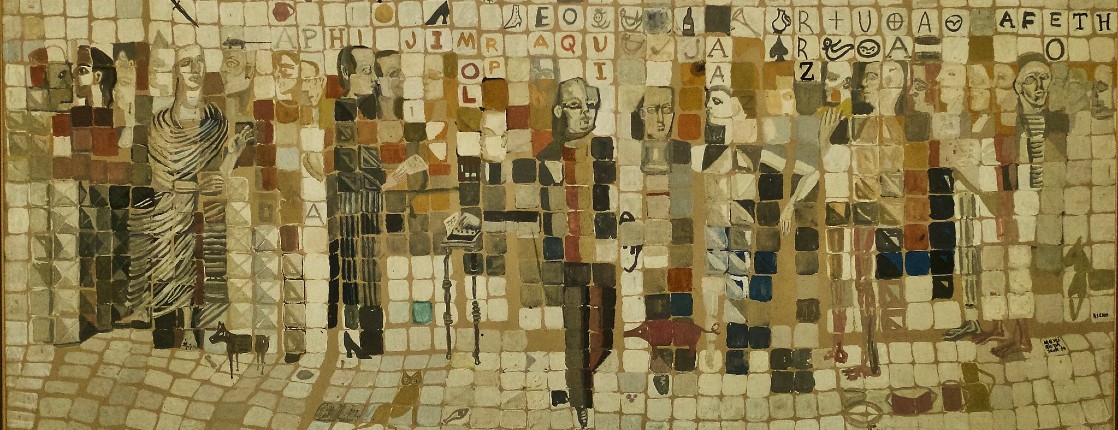
Each student is different in intellectual abilities, learning and thinking. These differences are related to different thinking styles and learning styles of students. We can distinguish reflective thinkers, creative thinkers, practical thinkers and conceptual thinkers. Reflective thinkers perceive new information subjectively, relate it to past experience and examine their feelings about learning. On the contrary, creative thinkers examine the new information, very often ask “why?” and create their own solutions. Practical thinkers need factual information and try to find the simplest and also efficient way to do something. In other words, they want to apply their new skills to their job. The last group consists of conceptual thinkers who are interested in how things work, not just in the final outcome. They like seeing pictures and want to know the related concepts.
Equally important are learning styles. Students usually tend to one learning style because they associate it with learning success. There are three general learning styles: visual, auditory, and kinaesthetic. Visual learners process new information when they can see it. They like graphics, illustrations, diagrams, pictures and demonstrations. Their motto is “Show me”. Auditory learners rely on sounds and voices; they remember new information when it is spoken. They love lectures and discussions. Their motto is “Tell me”. Kinaesthetic learners need to do something to understand it. They want to touch the new information or manipulate it. They prefer written assignments, taking notes and examination of objects. Their motto is “Let me do it.”
